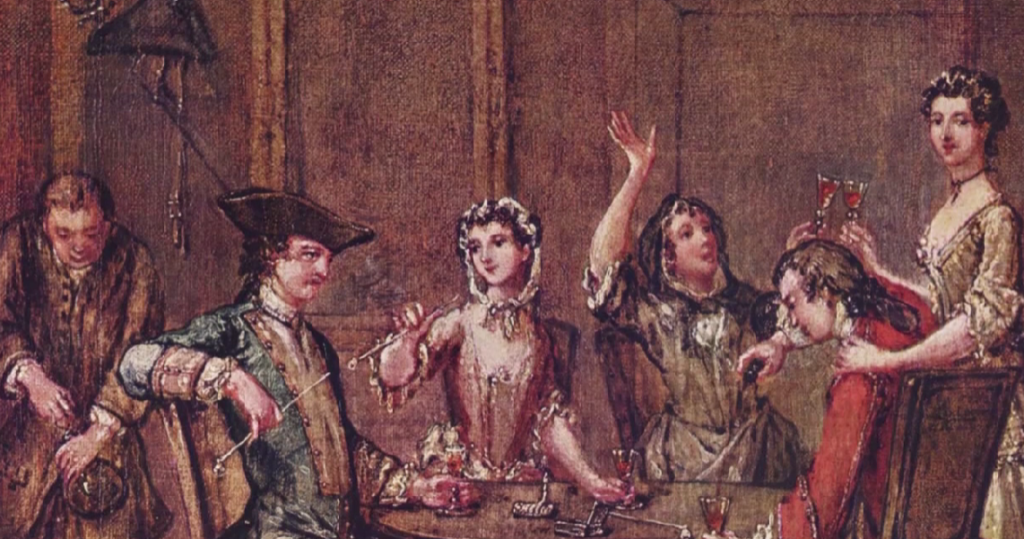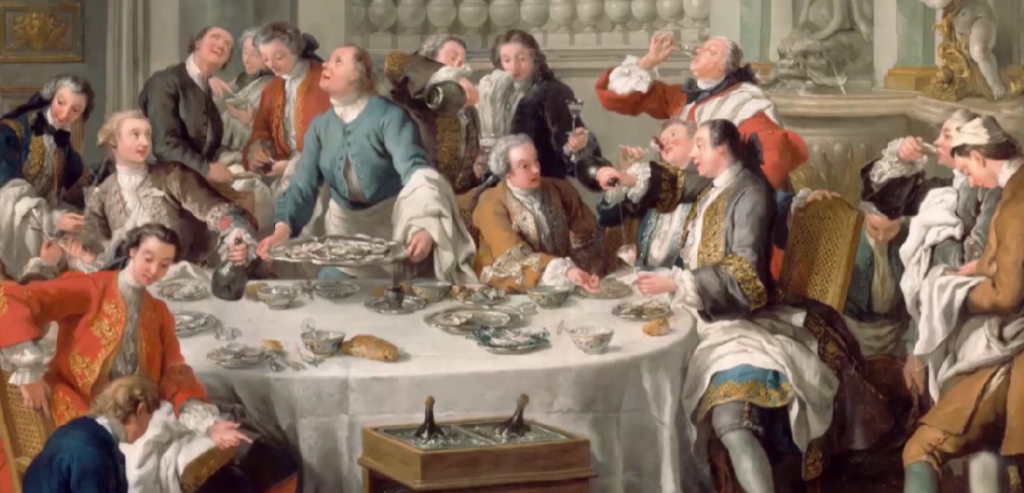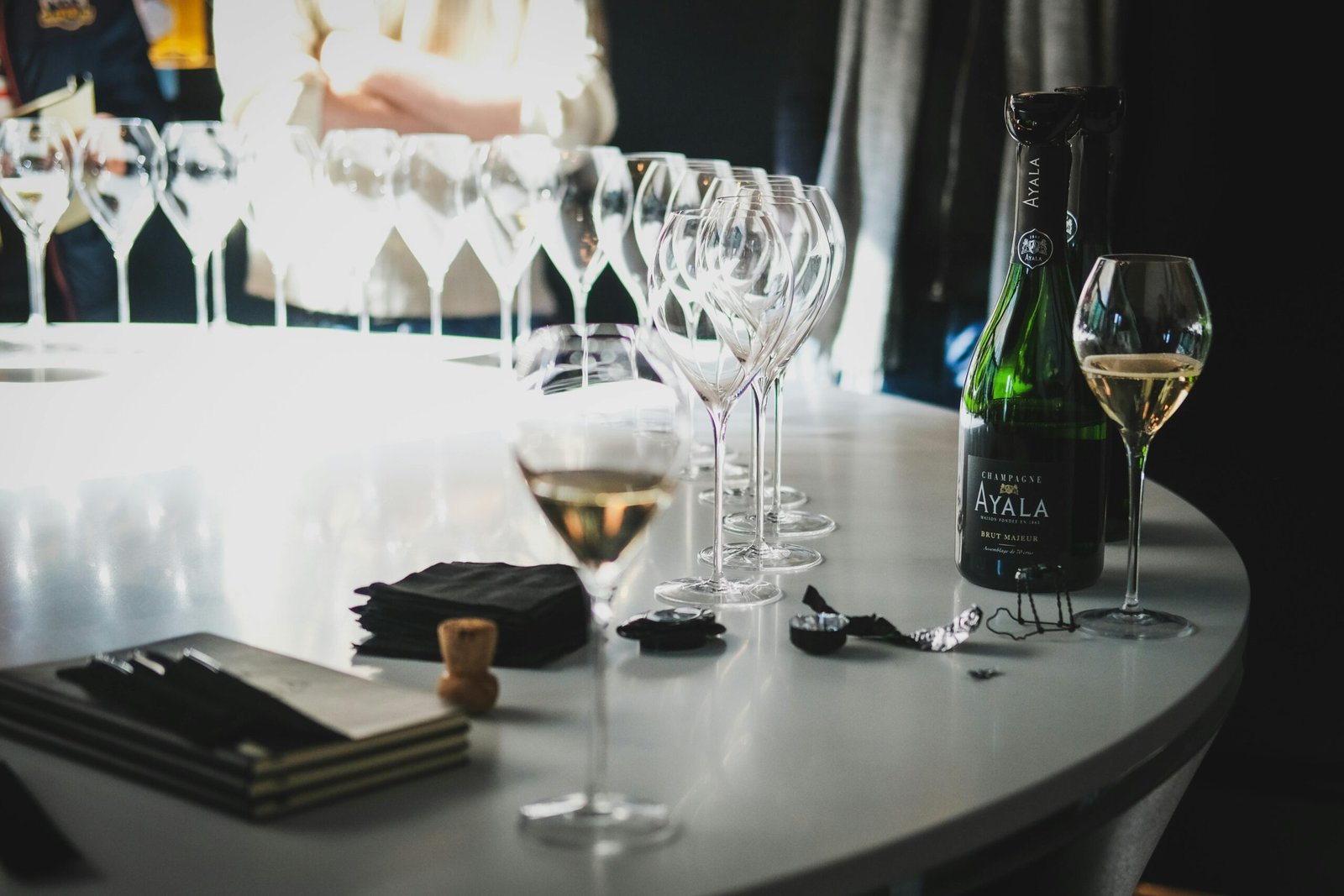The History And Evolution Of Champagne
It’s important for all of us who work in the Hotel Industry to have good product knowledge of beverages especially when it comes to champagne, we need to have basic knowledge about its history and we need to understand the history of the evolution of Champagne. One important fact to start with is that to be a champagne a wine needs to do more than simply fizz. It must also come from the Champagne region in the north of France. Only sparkling wine made here can be called champagne. Champagne is a place first and a wine second. In this article below, we will discuss more about the place, and the wine, and find out where all these bubbles come from. But first, let’s learn more about the history of Champagne.
The History Of Champagne

As said earlier, is important for all hoteliers to know the history of Champagne, how the bubbles were invented, and the evolution of Champagne over the years. The Romans were the first to plant vineyards in Champagne way back in 57 BC. Almost a thousand years later, around 987 AD, the wines of Champagne were being served to French royalty. But these wines were nothing like the Champagne we know today as they had no bubbles, they were red and pale.
In the early 1600 AD where there was a bitter rivalry between the still red wines of Champagne and the red wines of Burgundy, another wine region in the south of France. Each region wanted its wines to be the first choice of the King as it would guarantee lots of sales. It frustrated the people of Champagne, the Champenois, that the wines of Burgundy were always richer and fuller flavored. Being more in the south, Burgundy received more sun than Champagne, letting them grow riper grapes, and produce richer wines. This cold weather gave the Champenois bigger problems than just thin, pale wines. But it would be a problem that would turn their fortunes around.
Evolution Of Champagne

Each year, as the new wines of Champagnes fermented after harvest, winter would arrive and temperatures would drop so low that fermentation stopped. The key process of the evolution of Champagne started those years as Winemakers back then did not understand yeasts, sugars, and fermentation, so they simply bottled the wines thinking the fermentation was complete. As the temperatures rose in the spring, the dormant yeasts would wake up and fermentation would begin again. Because the wines had been bottled the carbon dioxide created by the fermentation had nowhere to go. So when drinkers tasted those wines, they found them fizzy. And back then in France, winemakers and drinkers hated those bubbles. They thought to compete with Burgundy, they wines had to be still.
One of the most winemakers in Champagne was Dom Perignon. He made wine there, during the 1600s, and spent 15 years of his life trying to make sure his wines had no bubbles. He never could completely get rid of them, but his efforts were not wasted. Much of what he did to try and get rid of the bubbles forms part of how we make wine today. You could say that Dom Perignon was the father of modern winemaking. Funnily, Moët & Chandon, a major Champagne house, have named their most expensive Champagne after him.

It was the English who first enjoyed and wanted more of these fizzy wines. While the Champenois were happy to sell them to the English, they still didn’t quite know how the bubbles were created. They called these fizzy wines “le vin du diable“, the devil’s wine, as the corks would pop or the bottles explode from all the gas. But the fashion caught on, and by the 1700s demand for this new type of wine was growing quickly. Because the bubbles could not yet be controlled, and many bottles exploded, or didn’t have bubbles at all, only small amounts of this fashionable wine were produced and became a drink for the royal or rich.

During this time a popular food pairing with Champagne was discovered that’s just as popular today. As you can see on the right side painting, The Oyster Luncheon, from 1735, we can see a French gentleman enjoying the delicious pairing of oysters and Champagne after a day of hunting. It was only in the 1800s that secondary fermentation was understood by the Champenois and the modern method of producing Champagne was developed. These discoveries, along with the invention of stronger glass bottles, led to a massive boost in Champagne production. In the 1800s Champagne produced only 300,000 bottles of wine a year and by 1850 it climbed by 2 million bottles a year. Today, Champagne produces around 300 million bottles a year.
From that time the Champenois never looked back. Surviving two world wars, the phylloxera epidemic, and more, the popularity of Champagne has never dropped. The major Champagne producers have made sure that their special fizzy drink is always associated with success, celebration, romance, and luxury. They are the Kings and Queens of wine marketing. You can think of it like this:
The first half of Champagne's history is about understanding and controlling the bubbles. The second half is all about marketing and selling.
Today we still toast our success with a glass of Champagne. We still see Champagne as a mark of luxury. From James Bond to Formula One drivers, Champagne is firmly part of popular culture. And to think, it all started as a pale, not very good, still red wine.
Hopefully, now you have a better understanding of the history and the evolution of Champagne. For all of you hoteliers out there, those who work or plan to join the hotel industry very soon, keep in mind that product knowledge is very important and will make you feel more confident at your work. The more you know the better you will be, even with the evolution of Champagne knowledge or how to polish silverware!
All the images in this post are not copyrighted and have been taken by the author of this post.
Share this content:

1 comment
Awesome post and right to the point.
Thank you 🙂